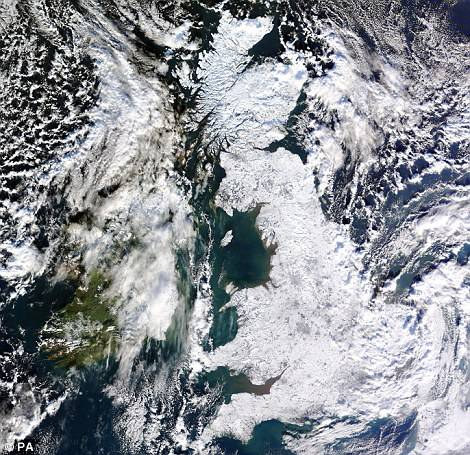I certainly will, Mr. Westwall, I certainly will. Thus far, those of us that have followed what real scientists have been saying, and read the evidence they have presented, have been right on the money. No cooling, and a strong El Nino already developed, one that may morph into a super El Nino and put the El Nino of 1998 to shame. And then, Mr. Westwall, we all can remind you how much smarter than you the model makers are.
REAL scientists don't claim computer models are data. Only witchdoctors, cult members and morons do that.
If you can explain how anyone makes projections without modeling, I'd be interested to see it.
And of course the results of models are data. The lint in my belly button is data. What they aren't is observations of the natural world. There's an enormous difference.
I think it fairly obvious that the reason your fossil fuel overlords have you attacking models is that no one has ever gotten one to show what you claim they ought to show, Pity, that.


 After ADJUSTMENT number 10?
After ADJUSTMENT number 10?

